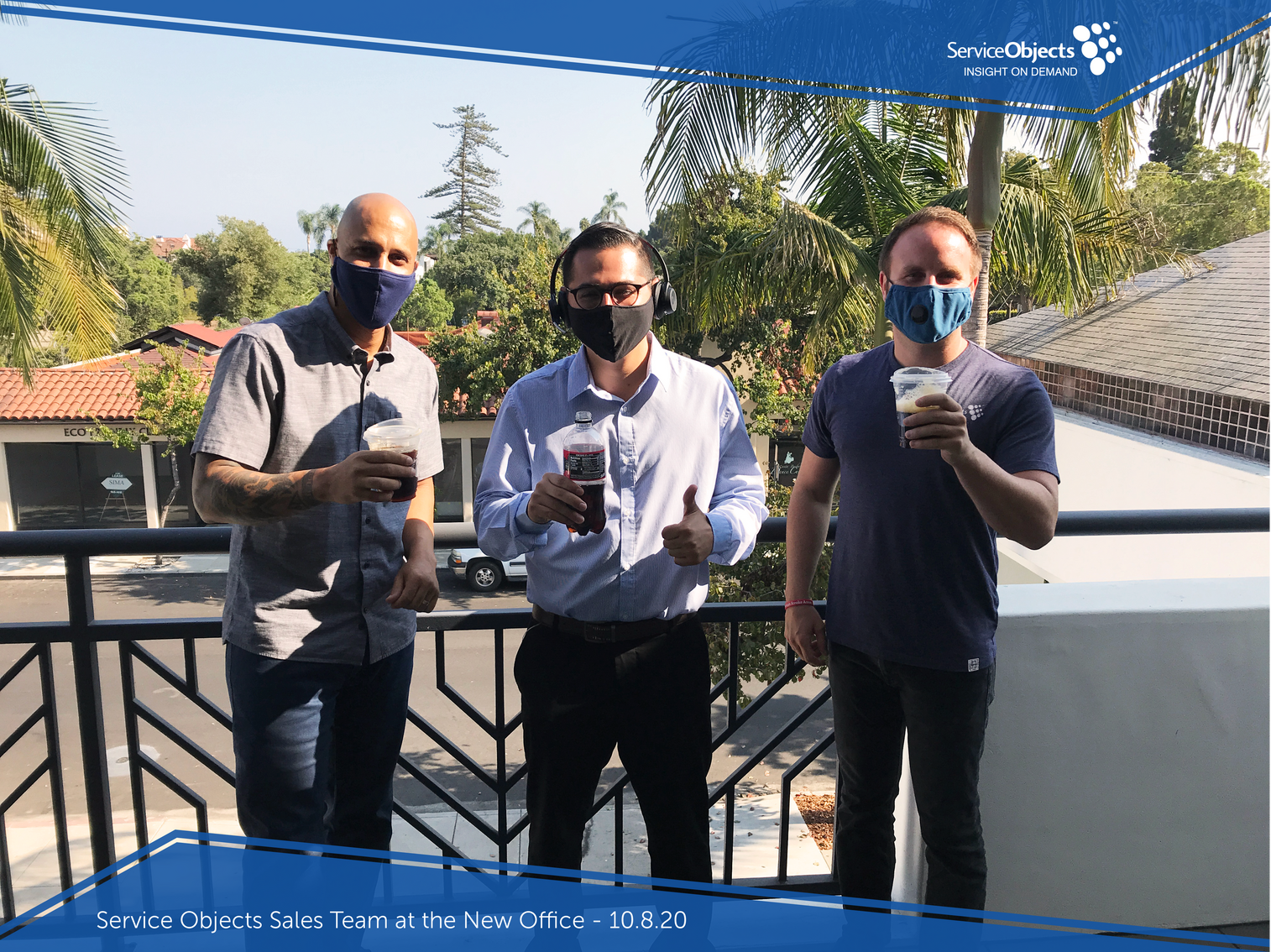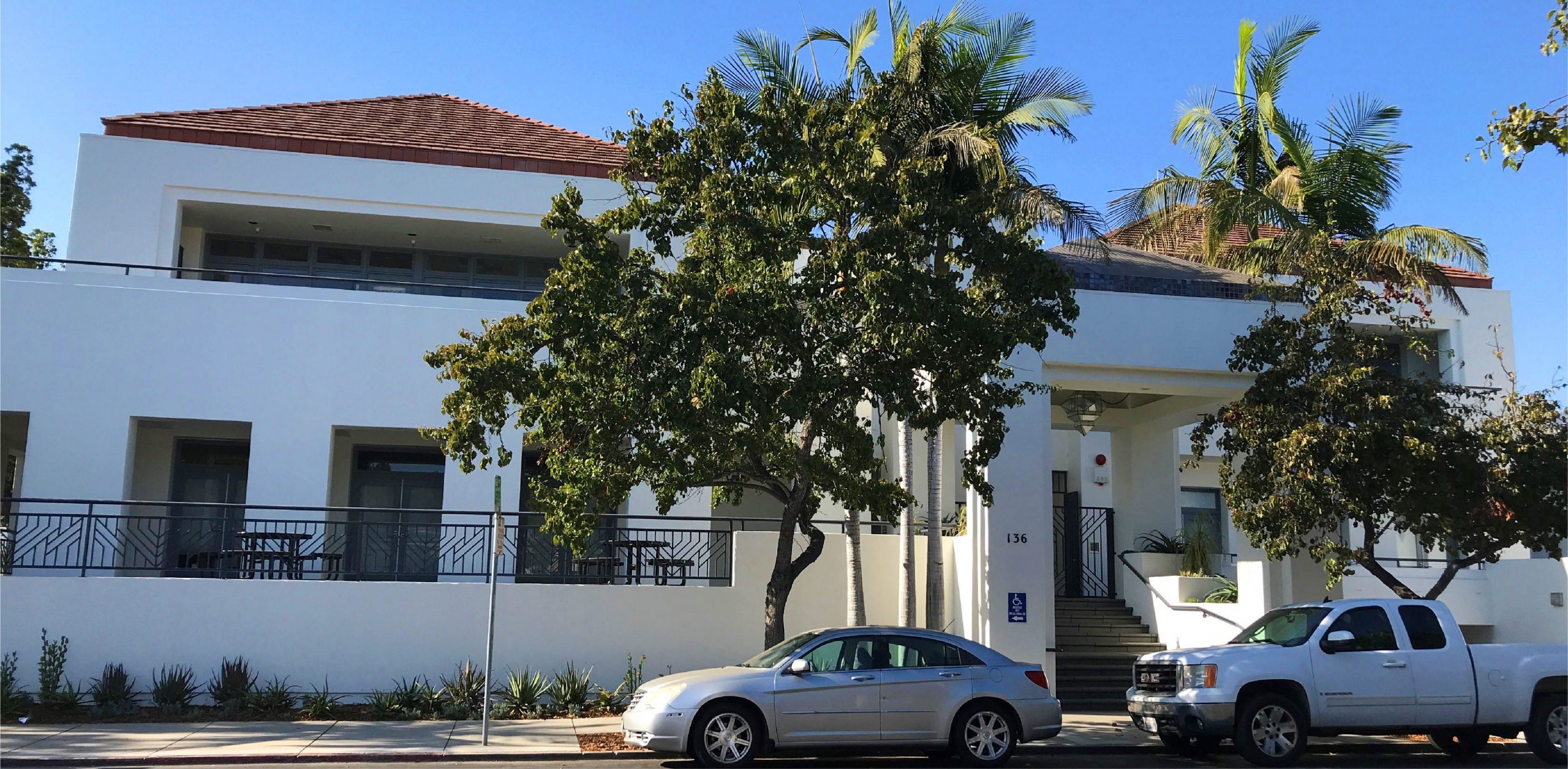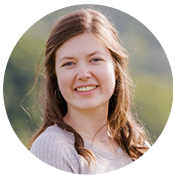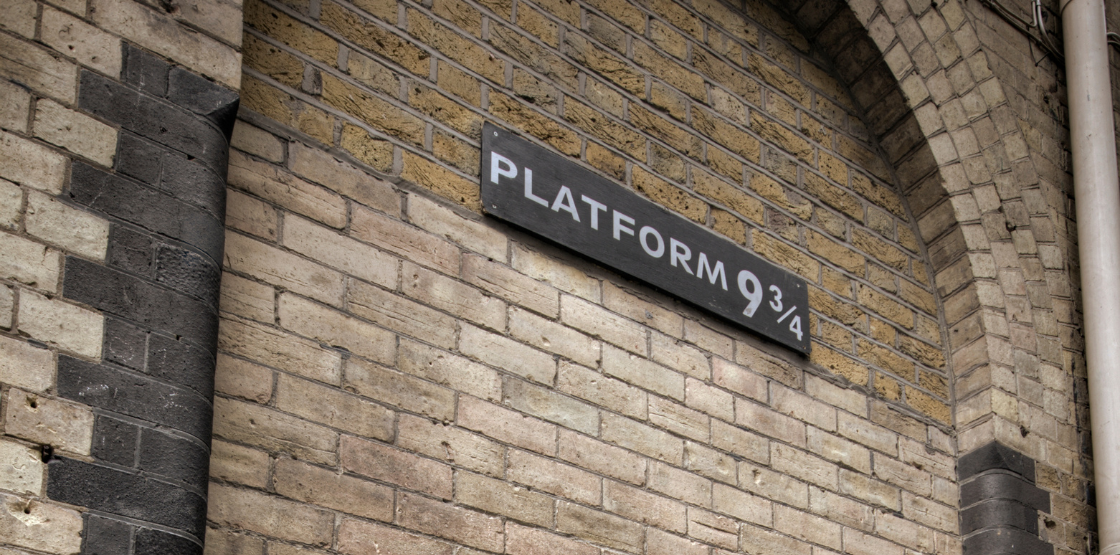When I began working with Service Objects in December 2019, I never expected to be part of a rapidly growing company that would—suddenly—move to new smaller quarters. But this pandemic year has forced us all to reexamine the way we work. And in our case, we’ve emerged in a way that balances our growth, our deep commitment to the environment, and a new work model that we feel sets a trend for the future of our entire industry. So let me take you behind the scenes of our transition to our new home here at 136 West Canon Perdido Street in beautiful Santa Barbara, California.
COVID changes everything
For the first few months of my time here, we were lightly focused on finding an office space that would accommodate a growing workforce. Our company had already spent over 6 months searching out office spaces in the area that would allow more people to work on-site. But then everything changed this spring in the face of a global pandemic.
Some serious foresight meant that at least a third of our employees were working remotely once a week, letting us acclimate to a limited office space. Then abruptly all but two of us were working from home, on what we thought would be a temporary basis. Thankfully, our preparation for remote work paid off as we continued to operate smoothly and seamlessly for our customers.
Months that felt like years passed, and the decision was eventually made for our temporary work-from-home policy to be replaced by permanent remote work. Because our staff would primarily be working remotely, we no longer needed a large office space, and the search for a new office space was on again—this time with a smaller square-footage requirement that would let us manage space more effectively.
Moving to a new office took years off my life, but finally we’re here! At about a third the size of our previous office and with much less private space, it’s been a bit of an adjustment. But our open space is conducive to more collaborative working, and the opportunity to get to know employees from different departments is very exciting.
Hoteling for in-office work
We chose to implement a flexible hoteling policy, allowing employees to choose when and where they come into the office. With only a few employees who come in on a regular basis, our office primarily functions as a coworking space. Flexibility is the key word here—if remote work is hindering a team, they have the chance to work in the office (socially distanced of course). On the other hand, if the majority of a team prefers remote working, there is no huge office space gathering dust. As COVID continues to impact our opportunities to work in office, this model also allows us to adapt quickly to shifting guidelines on the number of people coming in and the changing needs of various departments.
One advantage of our culture at Service Objects is that since we have embraced a remote-first policy, this new work model has been refreshingly free of concerns about face time or visibility in the office. All employees operate as if they are remote—most of our directors work remotely or have teams that are entirely remote, communication is primarily virtual, and everything is well-documented through instant messaging and project channels. Although it’s possible for an in-group and an out-group to develop in a hybrid model, we believe these practices will allow us to avoid any division and accommodate our team members.

A work model for the future
Out of Service Objects’ four Core Values, my personal favorite is a Happy and Healthy Workplace. I was born to spam people’s inboxes with fun ideas (whether they like them or not!) and to over-decorate for every season. Unfortunately, a remote team can lead to less connection and less motivation. For example, I have to admit that I miss group activities and coworkers regularly stopping by my desk.
But this hybrid office model combines the advantages of remote work with the benefits of a physical office. Although studies show that working from home doesn’t have too much of an impact on productivity (and often boosts it), it’s nice to have the option to work from the office when you’re lonely, when you need to be in close discussions with a coworker, or when you’re getting distracted by the TV in your neighbor’s apartment. As someone who literally forgot that I had a remote job once, I can confirm that there are benefits to coming into an office every day.
Perhaps most importantly, this new workplace model has been good for our customers, our employees, and the environment at the same time. Unlike some technology firms that have gone totally remote, this approach still gives us the benefits of in-person collaboration, as well as maintaining our presence in the Santa Barbara area.
This company was founded on the principle of conserving natural resources, and has always emphasized personal practices such as recycling and bicycling to work. Now we’re showing our entire industry a way to combine a strong team environment for product development and customer support with a much smaller resource footprint—and we feel it’s a model for the technology workplace of the future.













